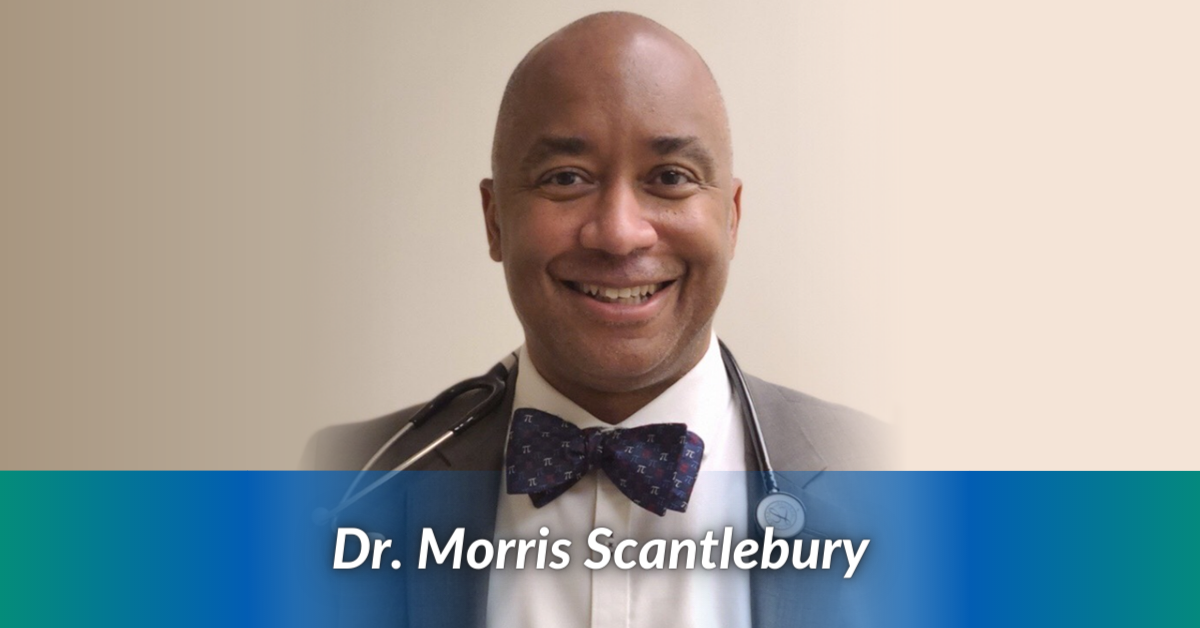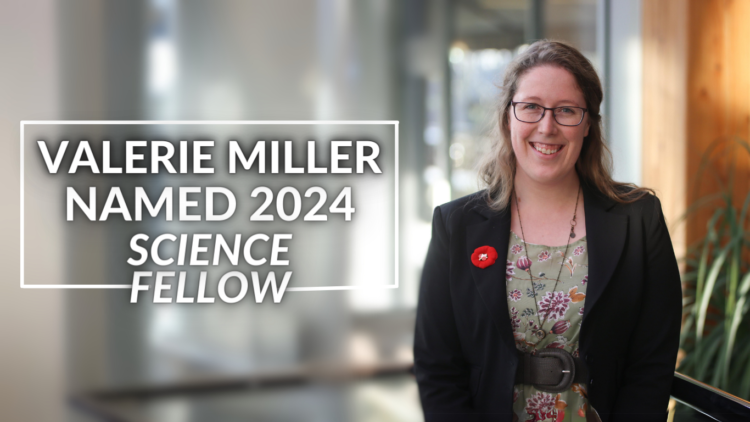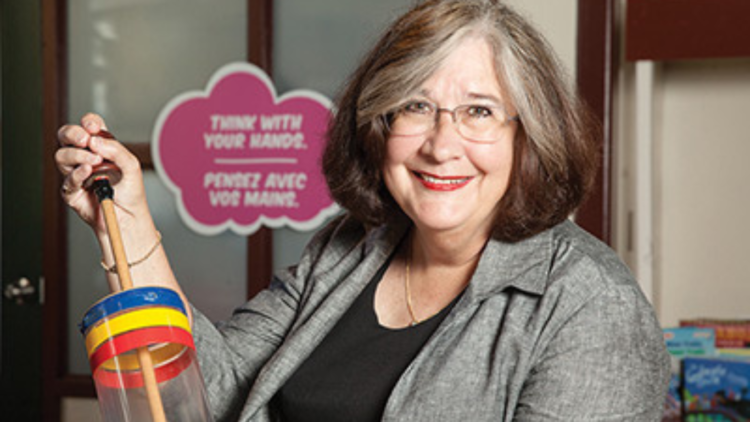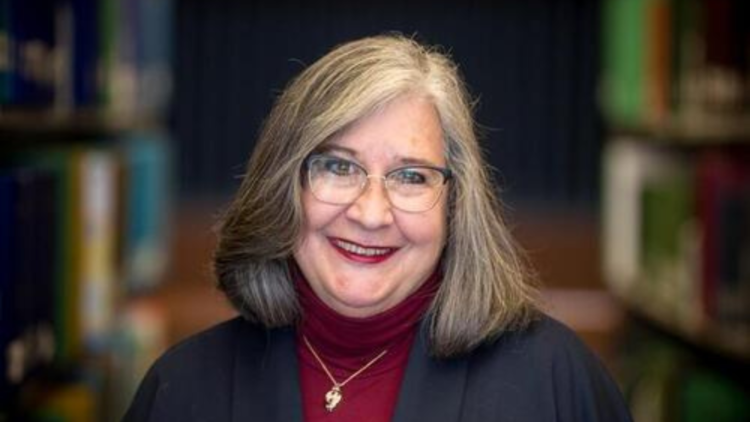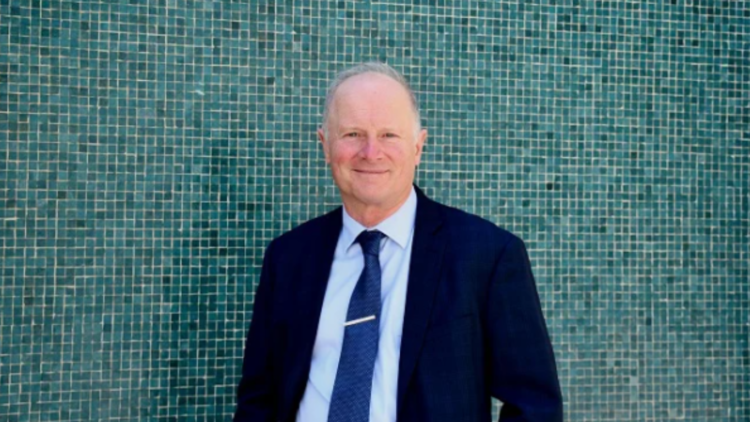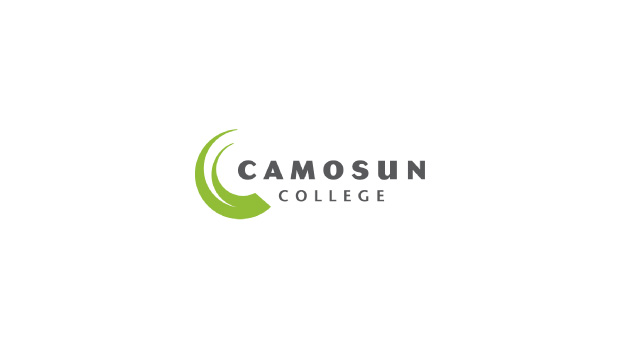“What do you want to do with your life?” We’ve all been asked this question a million times over growing up. Some of us knew exactly what to say. Some of us drew a blank or threw out a few ideas. But then for some of us, like Dr. Morris Scantlebury, the question itself can turn out to be life-changing.
When a beloved public librarian in Barbados asked Dr. Scantlebury, who was newly accepted into medical school, that very question, he responded, “I think I’m going to do neuroscience.” In reality, he only had a vague idea of what neuroscience was.
“You know what,” the librarian said, “I came across this book and I think it’ll be interesting to you, I’ll bring it to you next time we meet.”
True to her word, the librarian handed him a book the next time they met: An Anatomy of Thought by Ian Glynn. Upon reading this accessible scientific exploration of the brain, he decided to go into neuroscience after all and everything fell into place.
After moving back to Canada, Dr. Scantlebury volunteered in a lab researching epilepsy and then did a postdoctoral fellowship at the University of Montreal. Here, he invented a ground-breaking model of temporal epilepsy that for the very first time, linked temporal epilepsy and febrile seizures. It was an achievement researchers were trying to accomplish for a long time. But it wasn’t all about work. Dr. Scantlebury also developed good friendships in the research field, delved into something brand new, and distinguished himself. “That was really the beginning,” he recalls.
After sparking his interest in pediatric neurology shadowing pediatric neurologist Dr. Lionel Carmant, he met Dr. Nico Moshe at an Epilepsy Neuroscience course he organized in Venice, Italy. Dr. Moshe is a celebrated Pediatric Neurologist who had done a lot of work in pediatric epilepsy from a neuroscience standpoint. Many interesting conversations together led to an invitation to do research in Dr. Moshe’s laboratory.
So off to New York Morris went. “What are you going to do?” Dr. Moshe asked him. He replied, “I’m going to invent a model of infantile spasms.” Now, for years, the same treatments were being used for youth with infantile spasms even though they were only 50% effective. The reason for the lack of new treatments was because there were no animal models to study. What Dr. Scantlebury wanted to do was invent the very first one.
Dr. Moshe looked at him incredulously and said, “Morris, get out,” Dr. Scantlebury remembers, laughing heartily. “No seriously,” he had replied, “I’ve been doing so much work in infantile spasms, I really believe I can do this.”
And he did. He developed a robust, replicable model that was cheap and easy to use. It revolutionized his field and is used all over the world for testing drugs. Today, Dr. Scantlebury and his team use it to test ketogenic diets.
“Since then, there have been other models of course, but I’m happy to have played my part in getting people to believe that this was possible,” he says. Now, he continues to research pediatric epilepsy at the University of Calgary.
“I’m a curious individual,” Dr. Scantlebury says when asked why he loves science, “truly, I love the discovery. Every time I find something new, that’s what drives me. In research, it’s opportunities all the time, even though it’s a lot of work, there’s a lot of surprises and it’s exciting!”
And science is not all that Dr. Scantlebury does. He also empowers and mentors young people of colour “because there’s a need.” He continues, “It’s like birdwatching, finding people of colour in science and that is the reason why I mentor. It shouldn’t be like birdwatching. People should be able to identify Black scientists easily.” For both his contributions to child health and his dedication to mentoring young people of colour, he received the Calgary Black Achievement Awards in February 2021.
Reflecting on being a young child in school, Dr. Scantlebury recognizes the difficulty in seeing yourself in science when you don’t see anyone like you within the field. “It’s important for science to have diverse populations in all fields of science, especially in healthcare, so that the healthcare and scientific advancements and innovations can meet the needs of the people, and make science and healthcare more equitable.”
He recalls how summer students come into his lab and within two to three weeks, their whole lives have changed, realizing for the first time that Black people like him are in labs doing research. “It completely changed their perspective of what opportunities existed out there for them.”
Furthermore, if minority voices are missing from the table when people establish initiatives and make decisions for future directions, issues affecting Black, Indigenous and people of colour will be overlooked. “How do you get to the table?” he asks, “You have to develop academic credibility. So looking into the future, I need to mentor. I have to make it possible for them.”
His lab itself is also very diverse, reflecting their aspirations to be a diverse society. “People feel more comfortable working in my lab. They can feel more like themselves. They want to be in spaces to feel safe to be who they are, and yet strive for excellence.” He reminds us that, “We can be who we are and it does not preclude us from excellence.”
For anyone interested in following in his footsteps, he retells the story of Ernest Hemingway’s ‘The Old Man and the Sea’. “There’s a lot of luck involved in becoming successful…My advice is to be disciplined as much as possible, so that when the luck actually comes, you can be ready, you can take full advantage of it.” His encouragement is endless: “Believe in yourself. Don’t be afraid to strive for excellence. Don’t let the fear of failure stop you. Shine bright. There’s nothing you can’t achieve.”
We want to thank Dr. Morris Scantlebury for his time and Dr. Quentin Pittman for nominating him for a feature! Find more amazing people by following #BlackInNeuro on Twitter July 26-August 1, 2021.
